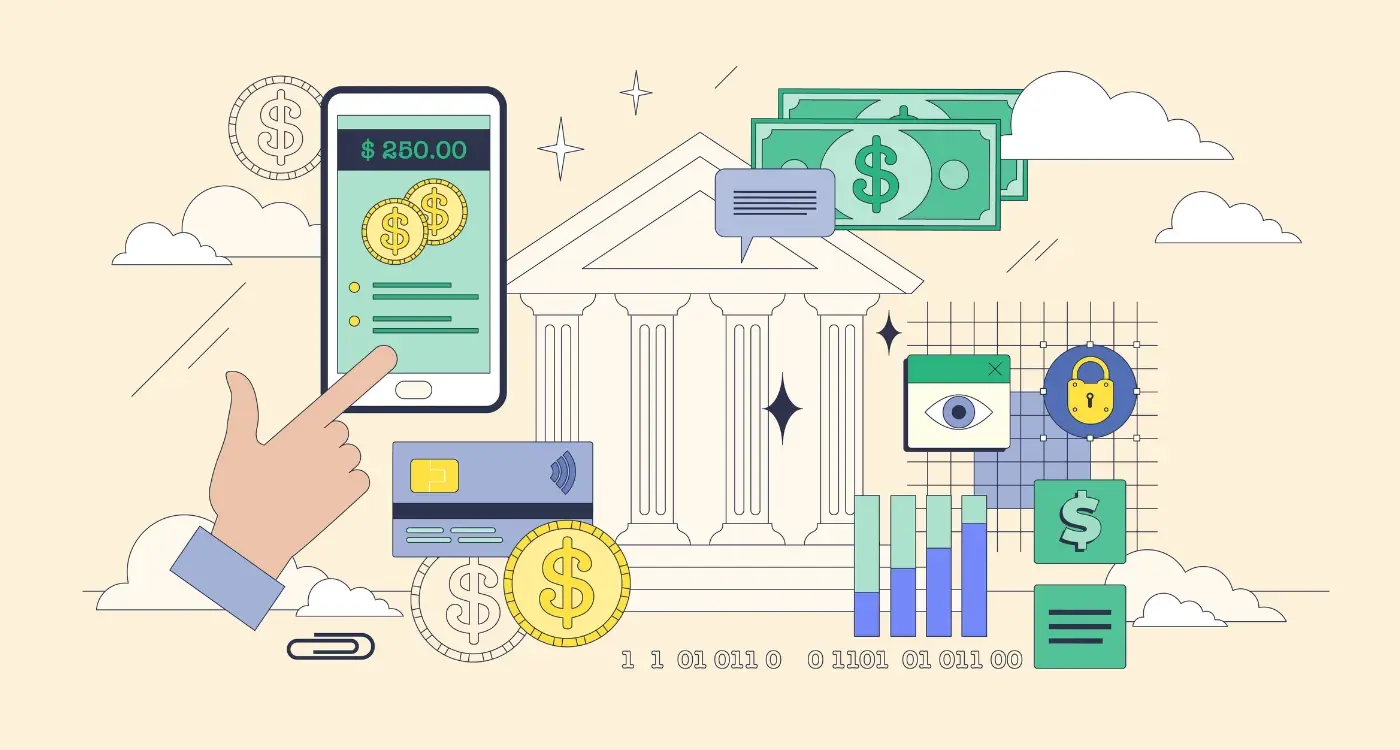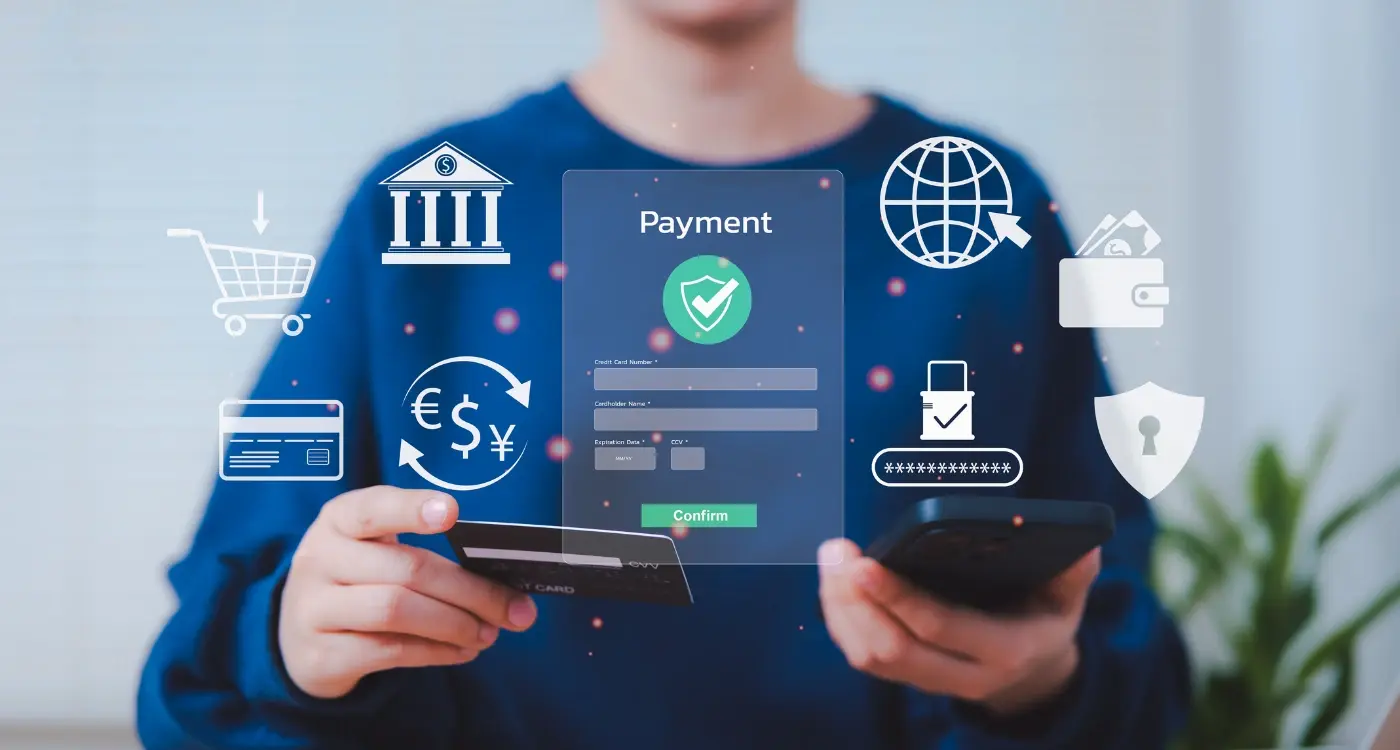How Do You Handle Fraud Prevention in Financial Apps?
Every minute, financial apps around the world process millions of pounds worth of transactions—and criminals are watching every single one. The fintech industry has exploded in recent years, making banking and payments more convenient than ever before. But with this convenience comes a massive target on our backs. Fraudsters have adapted their methods, moving from traditional card skimming to sophisticated digital attacks that can drain accounts in seconds.
The stakes couldn't be higher. When fraud hits a financial app, it's not just about money—it's about trust, reputation, and sometimes the survival of the business itself. Banking security isn't just a nice-to-have feature; it's the foundation everything else is built on. Get it wrong and you'll lose customers faster than you can say "data breach."
The average cost of a data breach in financial services now exceeds £4 million, but the real damage comes from the customers who never return
This guide will walk you through the key strategies we use to protect fintech apps from fraud. We'll cover everything from spotting suspicious behaviour to building rock-solid authentication systems. Financial protection isn't just about fancy algorithms—it's about understanding how criminals think and staying one step ahead. Let's get started.
What Is Fraud in Financial Apps and Why It Matters
I've been working on financial apps for years now, and if there's one thing that keeps me up at night—it's fraud. Not because I'm paranoid, but because I've seen firsthand what happens when it goes wrong. Fraud in financial apps is basically when someone tries to steal money, personal information, or gain unauthorised access to accounts through your app. Simple as that.
But here's the thing—fraud isn't just about losing money (though that's bad enough). When fraud happens in your app, it destroys trust. Users lose confidence, regulators start asking questions, and your reputation takes a massive hit. I've watched promising fintech startups crumble because they didn't take fraud seriously from day one.
The Real Cost of Fraud
The financial damage goes way beyond the actual stolen amount. You're looking at:
- Chargebacks and refunds to affected users
- Legal fees and regulatory fines
- Lost revenue from users who leave
- Increased insurance premiums
- The cost of fixing your security systems
What makes financial apps particularly attractive to fraudsters is the speed of transactions and the digital nature of money. Unlike physical theft, cyber fraud can happen in seconds from anywhere in the world. That's why fraud prevention in mobile apps isn't optional—it's the foundation everything else sits on.
Common Types of Fraud That Target Financial Apps
After working with fintech companies for years, I've seen fraudsters get pretty creative with their methods. They don't just stick to one approach—they constantly evolve their tactics to stay ahead of banking security measures. Understanding what we're up against is half the battle when it comes to building proper financial protection.
Account Takeover Attacks
This is where criminals steal someone's login details and take control of their account. They might use phishing emails, fake websites, or even buy stolen passwords from the dark web. Once they're in, they can transfer money, make purchases, or change account settings. It's one of the most common threats facing fintech apps today.
Payment Fraud and Transaction Manipulation
Fraudsters love to mess with payment systems. They might use stolen credit card details, create fake payment requests, or manipulate transaction amounts. Some even use bots to make lots of small transactions that slip under the radar. The sneaky ones will test stolen cards with tiny purchases before going for the big stuff.
Always implement real-time transaction monitoring that flags unusual spending patterns or multiple failed payment attempts from the same device.
Here are the most common fraud types we see:
- Identity theft and fake account creation
- Card-not-present fraud during online payments
- Social engineering attacks targeting customer support
- Synthetic identity fraud using mixed real and fake information
- Mobile malware that steals banking credentials
The thing about fraud is that it never stops evolving. What worked to protect apps last year might not be enough today, which is why ensuring your app remains secure is so important for anyone building financial apps.
Building Strong User Authentication Systems
Authentication is basically asking users to prove they are who they say they are—and in financial apps, getting this wrong can be catastrophic. I've worked on countless banking and fintech apps over the years, and the authentication layer is always where we spend most of our security budget and development time.
The old days of just username and password are long gone. Modern financial apps need multiple layers of protection, and that means combining something you know (password), something you have (phone), and something you are (fingerprint or face). This approach is called multi-factor authentication, and it's become the gold standard for good reason.
Key Authentication Methods
- Biometric authentication using fingerprints, face recognition, or voice patterns
- SMS or app-based one-time passwords sent to registered devices
- Hardware tokens or security keys for high-value transactions
- Push notifications that require approval on trusted devices
- Location-based verification that flags unusual login patterns
The trick is making authentication strong enough to stop fraudsters but not so complicated that genuine users give up. I've seen apps lose thousands of users because they made the login process too difficult—finding that balance takes real expertise and lots of user testing.
Protecting Payment Processing and Transactions
Payment processing is where fintech apps are most vulnerable—it's literally where the money changes hands. I've worked on enough banking security projects to know that this is make-or-break territory. Get it wrong and you're not just losing customer trust; you're potentially facing regulatory action and massive financial losses.
The basics start with tokenisation, which replaces sensitive card details with unique tokens that are useless to fraudsters. Think of it like swapping real money for casino chips—the chips only work in one place. PCI DSS compliance isn't optional either; it's the minimum standard for handling card payments safely.
Real-Time Transaction Monitoring
Modern financial protection systems check every transaction as it happens. Machine learning algorithms analyse spending patterns, locations, and timing to spot suspicious behaviour. If someone suddenly starts buying expensive electronics in three different countries within an hour, that's going to trigger alerts.
The best fraud prevention systems are invisible to legitimate users but impenetrable to fraudsters
Multi-factor authentication for high-value transactions adds another layer of security. Some apps require biometric confirmation or send push notifications for purchases above certain amounts. It might slow things down slightly, but customers generally prefer that extra security when their money is involved.
Monitoring for Suspicious Activity and Behaviour
After years of working on financial apps, I can tell you that spotting dodgy behaviour is like being a detective—you need to know what to look for. The tricky part is that fraudsters are constantly changing their methods, so your monitoring system needs to be smart enough to catch new tricks whilst not annoying your genuine users.
Most financial apps use something called machine learning to watch for weird patterns. This means the app learns what normal behaviour looks like for each user—things like when they usually log in, how much money they typically spend, or which shops they visit. When something doesn't match this pattern, the system flags it up. For example, if someone who normally spends £20 at the local supermarket suddenly tries to buy a £2000 laptop at 3am, that's going to raise some eyebrows.
Real-time Alerts and Response
The best monitoring systems work in real-time, which means they can spot problems as they happen rather than hours later. When suspicious activity is detected, the app might ask for extra verification—like a fingerprint or a text message code—before allowing the transaction to go through. Some apps will even temporarily freeze the account until the user can confirm they're the one making the purchase.
Balancing Security with User Experience
The challenge is finding the right balance; nobody wants their card blocked when they're trying to pay for groceries, but everyone wants protection from fraudsters. Smart monitoring systems learn from false alarms and get better at telling the difference between genuine users and potential threats over time.
Creating Secure Data Storage and Encryption
When you're building a fintech app, protecting user data isn't just good practice—it's the foundation of trust. I've worked on countless banking security projects over the years, and I can tell you that getting data storage wrong is one of the fastest ways to lose customers and face regulatory headaches.
Think of encryption like a secret code that scrambles your users' information so only authorised people can read it. For financial protection, we use something called AES-256 encryption, which is military-grade security that banks trust worldwide. Every piece of sensitive data—from account numbers to transaction history—needs this level of protection both when it's stored on servers and when it's moving between devices.
Database Security Basics
Your database is where all the magic happens, but it's also where hackers love to target. Never store passwords in plain text; always use salt and hash functions. Personal identification numbers, card details, and banking information should be encrypted before they even reach your database. I always recommend using separate encryption keys for different types of data—it's like having multiple locks on different doors.
Always encrypt data at rest and in transit. Use tokenisation for card payments so actual card numbers never touch your servers—this dramatically reduces your security burden.
Key Management Strategy
Managing encryption keys properly is where many fintech startups stumble. Store your keys separately from your encrypted data, rotate them regularly, and use hardware security modules when possible. Poor key management has brought down more apps than I care to count.
Working with Banks and Financial Regulations
Right, let's talk about something that can make or break your financial app—getting banks and regulators on your side. I've worked with plenty of fintech startups over the years, and the ones that succeed are those who understand that compliance isn't just a box-ticking exercise; it's the foundation everything else is built on.
Banks are naturally cautious creatures, and for good reason. They're handling people's money, so they need to know your app won't become a playground for fraudsters. When you approach them about partnerships or integrations, they'll want to see your security certificates, your fraud prevention measures, and proof that you're taking business app security seriously. This means having proper encryption, secure APIs, and detailed audit trails.
Meeting Regulatory Requirements
Different countries have different rules—PCI DSS for payment processing, GDPR compliance for data protection in Europe, and various banking regulations depending on where you operate. The key is getting ahead of these requirements rather than scrambling to meet them later. Work with compliance experts early in your development process; trust me, it's much cheaper than retrofitting security measures into a finished app.
Building Trust Through Transparency
Banks appreciate transparency about how your fraud prevention works. Document everything—your authentication processes, monitoring systems, and incident response procedures. This isn't just about meeting requirements; it's about building customer trust that turns regulatory hurdles into competitive advantages.
Conclusion
Building fraud prevention into fintech apps isn't something you can just tack on at the end—it needs to be baked into every decision from day one. I've worked on enough banking security projects to know that the apps which get this right are the ones that think about financial protection as a core feature, not an afterthought.
The good news is that you don't have to reinvent the wheel. Strong authentication systems work; real-time monitoring catches problems before they become disasters; proper encryption keeps data safe. But here's what I've learned over the years: the best fraud prevention systems are the ones users barely notice. They're working quietly in the background, protecting people's money without making them jump through hoops every time they want to check their balance.
Working with banks and staying on top of regulations might seem like a headache, but it's your safety net. These partnerships and compliance frameworks exist for good reason—they've been tested by thousands of attacks and refined over decades. Your users trust you with their financial lives, and that's not something to take lightly. Get the basics right, stay vigilant, and remember that fraud prevention is an ongoing process, not a one-time fix.
Share this
Subscribe To Our Learning Centre
You May Also Like
These Related Guides

How Do You Handle PCI Compliance in Fintech Apps?

How Do You Get Banking App Approval From Regulators?



